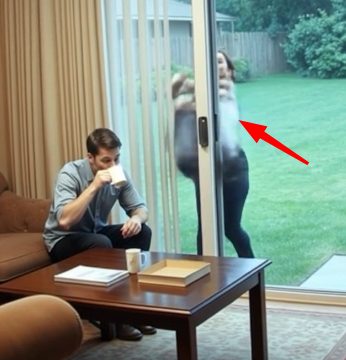If your internet slows to a crawl during peak hours when everyone in your building or neighborhood is online, you’re not alone. With more devices connecting to home networks than ever before, even the strongest Wi-Fi signals can weaken under pressure. But what if a roll of aluminum foil could be the key to boosting your internet speed? According to technology expert and professor James McQuiggan, this budget-friendly trick might be worth a try.

McQuiggan, a Security Awareness Advocate at KnowBe4 and part-time faculty member at Valencia College’s Engineering, Computer Programming & Technology Division, has spent years researching how technology can be optimized at home. One technique he recommends? Placing a sheet of aluminum foil behind your Wi-Fi router. This method could improve the direction and efficiency of your Wi-Fi signal with almost no cost involved.
Here’s the basic idea: when too many devices use the same wireless network, the signal starts to behave like a garden sprinkler—spraying in every direction, even where it’s not needed. This causes the signal to spread thin and weaken in areas where you actually need strong connectivity. Obstacles like walls and furniture only make matters worse by blocking or absorbing the signal.
That’s where aluminum foil steps in. By placing a curved sheet of foil behind your router—with the shiny side facing inward toward the router—you can reflect and redirect the signal more intentionally. This reflective setup not only helps the signal travel more freely, but also gives you better control over where the signal goes. Think of it as focusing a flashlight beam instead of letting it scatter.
If you’re skeptical, you’re not alone. But research from a team at Dartmouth supports this concept. The team 3D-printed a structure, wrapped it in aluminum, and strategically placed it near a router. The result? A significant improvement in Wi-Fi performance. They boosted signal strength by more than 50% in targeted areas and reduced it by over 60% in spots where it wasn’t needed. In other words, the foil acted like a directional antenna, amplifying and isolating the signal as desired.
Trying this at home is simple. All you need is a one-foot-long sheet of aluminum foil. Bend it into a “C” shape, ensuring it curves around the router with the shiny side facing inward. If your router doesn’t have external antennas, no worries—the principle still applies. Use the bottom edge of the foil to create a stand if the sheet won’t stay upright on its own. Once it’s in place, test your signal strength by conducting a speed test on your phone or computer in various rooms. Just search “Google speed test” and run the test to check for any improvements.
Aside from boosting speed, this hack might even help with network security. According to the Dartmouth researchers, physically confining the Wi-Fi signal using foil could prevent unwanted access to your network. Since the foil redirects and limits signal spread, it makes it harder for outsiders—especially potential hackers—to pick up your signal. This acts as an extra layer of protection on top of traditional encryption measures.
That said, this isn’t a one-size-fits-all solution. A user named Brooke gave the method a shot at home but saw little improvement. She tested her connection on her porch versus in her living room where the router is located and noticed a significant difference—but adding aluminum foil didn’t help. In fact, using two sheets or even a soda can made things worse, slightly lowering her speeds. She tried changing angles and positions to no avail. Brooke concluded that while the hack didn’t work for her, it might be worth trying before spending money on a Wi-Fi extender.
If aluminum foil isn’t doing the trick, other metal household items may work similarly. Metal baking trays, soda cans, or other reflective surfaces can potentially redirect your Wi-Fi signal—just be sure to shape and angle them so the reflective side faces the area of your home that needs a signal boost.
Still, Professor McQuiggan emphasizes that while this trick is clever and inexpensive, it’s not guaranteed to work for everyone. More reliable improvements usually come from updating your router, changing its placement in your home, or investing in a quality Wi-Fi extender. Turning your router off using the power button and rebooting it occasionally can also help resolve minor connectivity issues. Tools like the National Broadband Map can guide you through diagnosing and improving internet performance in your area.
In short, the aluminum foil hack is a creative and low-cost way to potentially enhance your home internet setup. It may not solve every Wi-Fi woe, but when compared to pricey upgrades, it’s certainly worth a shot. If nothing else, it’s a fun experiment that just might surprise you with results.





